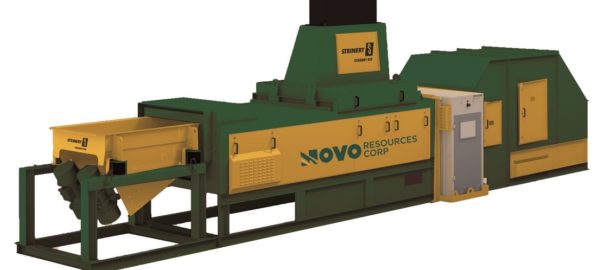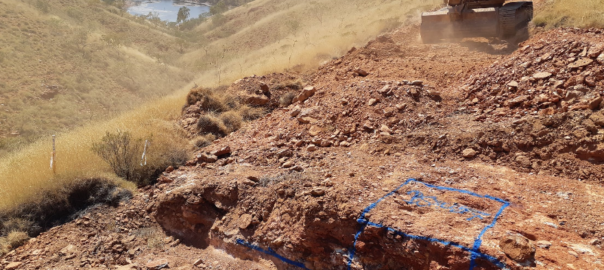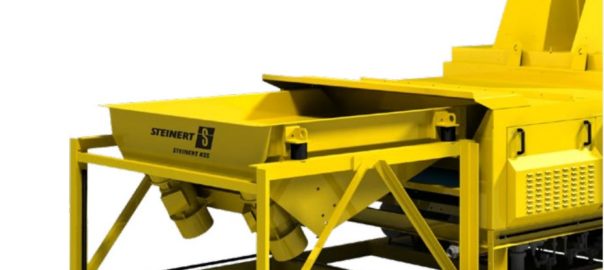Steinert is to introduce additional sorting lines for mining and waste recycling at its new test and development centre in Pulheim, Germany, the company says.
The new lines are being installed in an effort to better achieve the company’s aspiration of “test before you buy”, allowing it to “respond with ever more accuracy to the sorting aims of extraction, purity and profitability for each sorting task”, Steinert said.
Steinert’s sorting solutions are used throughout the mining industry as a way of pre-concentrating material ahead of milling.
The metal sorting line of the new test and development centre will official go into operation on September 22. This milestone will be marked with a virtual event held on that day.
By opening the new building, the company is trebling its testing capacity, allowing it to be more flexible in responding to customer demands, it said.
“The processing sequence deployed in the sorting systems is the same as that used in a real industrial plant,” Peter Funke, CEO of the Steinert Group, said. “We are delighted that even more customers can try out our technology, from magnetic separators to sensor-based sorting systems, such as X-ray transmission, X-ray fluorescence and near-infrared (NIR),”
The research and development team is also moving to the same building in Pulheim, seven kilometres away from STEINERT’s headquarters in Cologne, allowing customers to derive even more benefits from the latest developments, the company said.
















